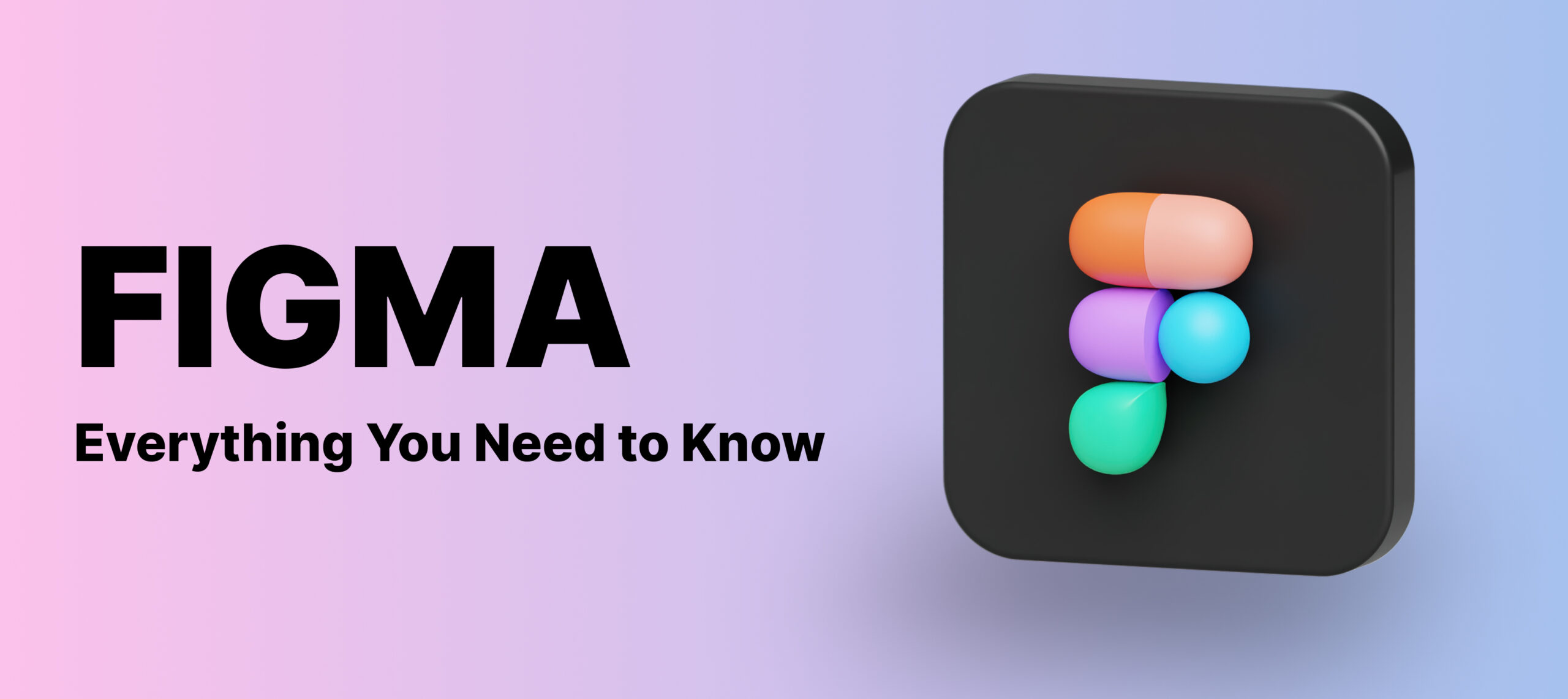If you are into web development, you surely would have heard about Figma. But do you have comprehensive knowledge about this highly beneficial tool?
This article will help you understand what Figma is and how it works.
What is Figma?
Figma is a cloud-based tool that offers a wide range of design features. One of the most significant benefits of Figma is that it is web-based, meaning that designers can work from anywhere, and teams can collaborate remotely. With Figma, there is no need to download or install any software, making it a lightweight and accessible tool for designers of all levels. Check out the Figma community of Bootstrapdash to see how it works. You can also download templates from there.
A Short History
Figma was founded in 2012 by Evan Wallace and Dylan Field. The goal was to create a tool that would enable designers to create high-quality designs more efficiently.
Figma was initially released as a closed beta in 2015 and then was officially launched in 2016. Since then, it has grown in popularity and has become a go-to tool for designers and design teams worldwide.
The tool has gained immense popularity in recent years due to its ease of use, collaborative features, and extensive design capabilities.
Key Features
Figma offers a range of features that make it stand out from other design tools. These features include:
Collaborative Design
The collaborative features of Figma are some of its most significant advantages. Designers can invite team members to a design project, and everyone can work on the same project simultaneously.
Figma eliminates the need for designers to send files back and forth and helps ensure that everyone is working on the latest version of the design.
Shared Design Libraries
Figma offers shared design libraries, making it easier for teams to maintain consistency in their designs. Designers can create design systems and components that can be shared with the entire team. This ensures that everyone is using the same design elements, resulting in a more consistent and cohesive design.
Prototyping
Figma’s prototyping features allow designers to create interactive prototypes, making testing and refining the design easier. Designers can add interactions and animations to their designs, which can be tested by team members or stakeholders.
Vector Networks
The vector network feature allows designers to create complex shapes and designs with ease. Vector networks allow designers to manipulate shapes precisely and accurately, resulting in more polished and professional-looking designs.
Auto Layout
This feature of Figma makes it easier for designers to create responsive designs. Designers can create designs that adjust automatically to different screen sizes, making it easier to design for multiple devices.
Plugins
Figma has an extensive library of plugins, which allows designers to extend the functionality of the tool. Plugins can be used to automate tasks, integrate with other tools, or add new features to Figma.
Summing Up
Figma is an excellent tool for designers who want to create high-quality designs more efficiently. With its collaborative features, shared design libraries, and extensive design capabilities, Figma makes it easier for teams to work together and create consistent and polished designs.
If you’re a designer looking for a powerful and flexible design tool, Figma is worth checking out.
